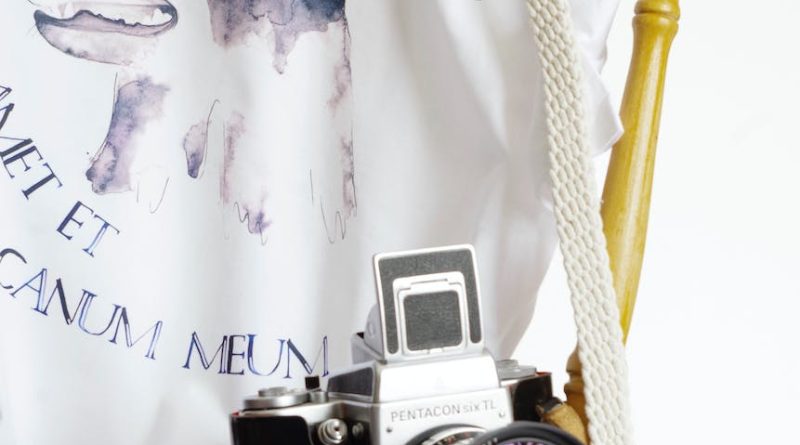Unraveling the T-Shirt: A Dive into Its History and T-shirt terminology
The T-shirt, an undeniable staple in wardrobes worldwide, has a history as rich and layered as its many styles and uses. But have you ever paused to consider where this ubiquitous garment got its name, or what the ‘T’ in T-shirt actually stands for? This article delves into the fascinating world of T-shirt terminology, uncovering its origins, evolution, and the journey from undergarment to universal symbol of self-expression.
What Does the ‘T’ Stand for in the T-shirt?
The ‘T’ in T-shirt is quite literal – it refers to the T shape formed by the body of the shirt and its sleeves when laid flat. This simple yet functional design has remained largely unchanged since the garment’s inception. The T-shirt’s shape is not just a style statement but a nod to its practical roots, designed for ease of movement and comfort.
Why is it Called Tees?
“Tees” is simply a colloquial term for T-shirts. This shorthand version likely evolved as a part of casual speech, mirroring the informal and versatile nature of the garment itself. ‘Tees’ embodies the simplicity and casualness associated with T-shirts, offering a laid-back alternative to the more formal-sounding ‘T-shirt.’
What was the Old Name for T Shirts?
Originally, T-shirts didn’t have a specific name as they were considered a form of undergarment. They were often simply referred to as undershirts. In the early 20th century, these undershirts were standard issue in the U.S. Navy, worn beneath uniforms. It wasn’t until they emerged as outerwear in the following decades that the term ‘T-shirt’ became commonplace.
Who Coined the Word T-shirt?
Tracing who specifically coined the word ‘T-shirt’ is a bit like unraveling a mystery with no definitive conclusion. The term began appearing in common parlance in the early 20th century. One of the earliest known uses was found in F. Scott Fitzgerald’s novel “This Side of Paradise” (1920), where he included ‘T-shirt’ in a list of items that a character packs for a trip. However, it’s unclear if Fitzgerald himself coined the term or was simply reflecting the language of the time.
The T-shirt’s transition from undergarment to mainstream fashion in the 1950s, popularized by icons like Marlon Brando and James Dean, solidified its place in the English lexicon, making the origins of the term more obscure but fascinating.
Can You Say Tee for T-shirt?
Absolutely! ‘Tee’ is an acceptable and widely used abbreviation for T-shirt. The term ‘tee’ captures the casual essence of the garment and is often used in fashion and retail contexts. Its brevity makes it a popular choice in informal conversations and marketing materials alike.
At the end
The T-shirt, a symbol of simplicity and comfort, has a linguistic history as rich as its cultural one. From its humble beginnings as an undershirt to its rise as a canvas for self-expression, the T-shirt’s name has evolved alongside its function and fashion status. Whether you call it a T-shirt, a tee, or even a tee-shirt, this garment continues to be a timeless piece, transcending age, culture, and style, while its name, just like its design, remains a testament to its enduring simplicity and versatility.
Now loading...
Now loading...





